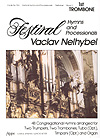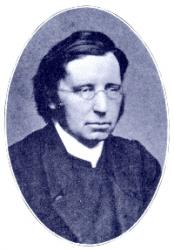Common Praise (1998) #163
Display Title: When Christ's Appearing Was Made Known First Line: When Christ's appearing was made known Tune Title: ST. VENANTIUS Author: Caelius Sedulius (5th cent.?); John Mason Neale (1818-1866) Meter: LM Scripture: Matthew 2:1-23; John 2:1-11; John 8:12 Date: 1998 Subject: Baptism of Jesus | ; Epiphany (feast) | Source: Trans. st. 1 The Hymn Book, 1971
Common Praise (1998) #163


 My Starred Hymns
My Starred Hymns







